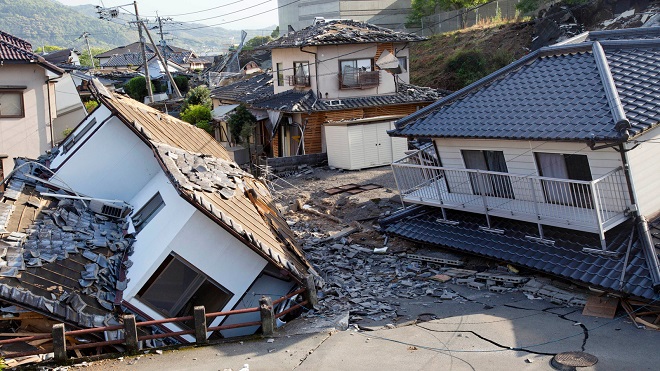Strong earthquake in northeast Japan webtretho

Dong da manh o dog bac nhat webtretho: Japan is one of the most earthquake-prone nations in the world. The nation has seen some of the strongest earthquakes recorded over the past decades, including the 2011 Tohoku earthquake. This article will examine the effects of severe earthquakes in Eastern Japan and Northern Japan. We will be focusing on the Webtretho area. We’ll examine the potential damage and ways to mitigate future earthquakes.
Introduction
Japan is the country most susceptible to earthquakes. It has also seen some of most destructive earthquakes. The nation has seen several devastating earthquakes in Eastern Japan and Northern Japan over the past decades, especially in the Webtretho area. We will examine the impacts of these seismic events and explore possible mitigation strategies.
Causes of severe earthquakes in Eastern and Northern Japan
A. Geology of the Region
Due to the fault lines and tectonic plates in the region, seismic activity is high in Eastern and Northern Japan. This area lies on the Pacific Ring of Fire. It is a region of frequent earthquakes, volcanic eruptions, and other seismic activity. The subduction of the Pacific Plate beneath the Philippine Sea Plate is responsible for the majority of seismic activity in the area.
B. Plates and Faults
The Pacific Ring of Fire is composed of many large tectonic plates that are constantly shifting and rubbing together. This friction and tension can create tension, which can lead to the release of energy as seismic waves. The region is also home to many major fault lines including the Nankai Trough (which can produce large earthquakes) and the Japan Trench (which are both located in the region).
Seismic Activity
High levels of seismic activity can be attributed to the combination of fault lines and tectonic plates in Eastern and Northern Japan. These plates move, creating tension and friction that can lead to the release of energy as seismic waves. The region also has several fault lines that are capable of producing large earthquakes.
2011 Tohoku Earthquake
A. Damage Caused
2011 Tohoku earthquake was one the strongest ever recorded. The magnitude-9.0 earthquake in Eastern and Northern Japan caused severe damage, especially in the Webtretho area. A tsunami was created by the earthquake, which resulted in extensive flooding and death. The earthquake also caused significant damage to infrastructure and buildings, with some areas completely destroyed.
B. B.
The 2011 Tohoku earthquake had devastating consequences. Both the tsunami and earthquake caused significant damage to infrastructure and buildings, and resulted in loss of life. The Fukushima Daiichi Nuclear Power Plant released large amounts of radiation into nature as a result of the earthquake. Many areas are still uninhabitable because of the extensive contamination caused by the disaster.
Mitigation Strategies
A. Earthquake-resistant Construction
The use of earthquake-resistant building techniques is one of the best ways to reduce the impact of earthquakes. These techniques use special materials and construction techniques that can lessen the effects of seismic waves on buildings, and infrastructure. These techniques can also reduce the chance of infrastructure and buildings being destroyed by earthquakes.
B. Early Warning Systems
To give people enough time to prepare for an earthquake, early warning systems are available. These systems detect earthquakes and alert people of the possibility. This gives people enough time to evacuate an area or find shelter. By giving people enough time to plan, early warning systems can reduce the earthquake’s impact.
C. Other Strategies
There are many other ways to reduce the impact of earthquakes, including earthquake-resistant construction and early warning systems. The use of seismic buffers such as levees and dams can reduce the effects of seismic waves on buildings. The use of seismic isolation systems may also help reduce the chance of buildings or infrastructure being destroyed by earthquakes.
Conclusion
Severe earthquakes can have devastating effects in Eastern and Northern Japan, especially in the Webtretho area. These powerful seismic events can be dangerous. The Tohoku earthquake of 2011 is a stark reminder. There are many strategies that can be used to reduce the impact of earthquakes. These include earthquake-resistant constructions, early warning systems and seismic buffers. The impact of future earthquakes can also be decreased if you plan and prepare well.




